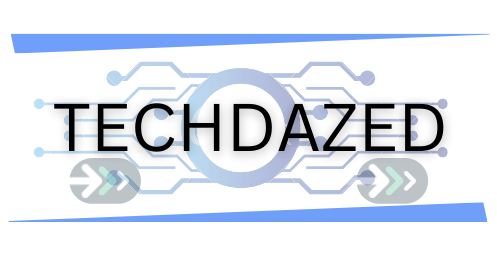In the dynamic landscape of software development, professionals who have the ability to design, implement, and maintain systems form the backbone of the industry. One such key player is a developer – a multifaceted individual who combines a deep understanding of coding languages, creative problem-solving skills, and technical expertise to transform ideas into functional software applications. Whether working in a dedicated team or operating as a freelancer, a developer’s role is crucial in bridging the gap between user needs and practical, efficient software solutions. From identifying and rectifying technical issues to building robust and reliable applications, a developer’s contributions are instrumental in shaping our digital world.
Table of Contents
When a major technical issue is identified during a daily scrum, the team should follow these steps
Regular scrum meetings play a critical role in coordinating team efforts, identifying roadblocks, and ensuring the project stays on track. On occasion, these meetings can bring to light serious technical issues that may affect the project’s direction, scope, or timeline. If a major technical issue is identified during a daily scrum, the team must respond promptly and effectively to mitigate risks. The process of tackling such issues may seem daunting, but by leveraging established agile principles, teams can navigate these hurdles and maintain their productivity.
Also read: Ways to Use Automation in Your Business: A Detailed Guide
Understanding the Issue
First and foremost, the team needs to fully understand the problem. This often requires a dedicated discussion outside the daily scrum due to time constraints. The developer who discovered the issue should explain it in depth, specifying how it affects the system, its potential ramifications, and any implications it may have on the project’s timeline. Other team members should ask questions to clarify any uncertainties, and document everything for future reference.
Prioritizing the Issue
Once the team comprehends the problem’s scope and impact, they need to prioritize it within their backlog. If the issue is a ‘showstopper’—meaning it significantly hampers the project’s progress or threatens its quality—it must be addressed immediately. In contrast, if the problem, while important, does not halt current work or degrade the software’s performance, it could be scheduled for a later sprint.
Also read: The A to Z of Mobile Proxies: Understanding and Using Them Effectively
Plan of Action
Developing a plan of action is the next vital step. The team, led by the Scrum Master, should brainstorm potential solutions, taking into account their feasibility, resource requirements, and potential impact on the project. This collaborative problem-solving approach often results in more innovative and effective solutions.
Understanding the Distinction between Scrum and Agile
When delving into the realm of project management, it’s crucial to grasp the nuances between two commonly used terms: Scrum and Agile. Here we will explore about scrum and agile difference. Scrum can be thought of as a specific method nested within the broader umbrella of Agile methodology. While Agile sets the tone for a flexible and collaborative approach to project execution, Scrum provides a structured framework within this methodology. It revolves around distinct roles, defined ceremonies, and time-boxed sprints, fostering iterative development. On the other hand, Agile embodies a holistic philosophy that emphasizes adaptability, close collaboration, and a commitment to continuous improvement. It’s important to recognize that Scrum is one of several approaches falling under the larger Agile umbrella, each tailored to suit different project contexts and team dynamics.
Communicate with Stakeholders
Transparency is a cornerstone of Agile. The team should communicate the issue, its potential impact, and the proposed solution to all relevant stakeholders. This includes the product owner, who needs to understand how this problem might affect the product backlog and project timeline.
Revisit and Learn
Once the problem is solved, the team should revisit the issue during a retrospective meeting. They should examine how the issue was handled and what could be done better in the future. Lessons learned from these experiences contribute to continuous improvement, a key tenet of Agile methodology.
The team’s response to a major technical issue is critical in maintaining the momentum of the project and ensuring its successful completion.
Also read: Essential Considerations for Choosing the Right Proxy Provider
Conclusion
A developer stands at the heart of technological innovation, leveraging a sophisticated array of technical skills and problem-solving abilities to bring software solutions to life. As their work continues to shape and define our interactions with digital technologies, developers’ abilities to tackle technical issues, as discussed, become increasingly critical. It’s through their adeptness at navigating challenges that they can ensure the creation of effective, efficient, and reliable software. Whether they are working within the agile framework or utilizing other methodologies, their expertise allows them to transform user needs and business requirements into tangible digital solutions. Therefore, a developer’s role, both in identifying and resolving problems and in the broader context of software creation, remains indispensable to our digitally-driven world.

